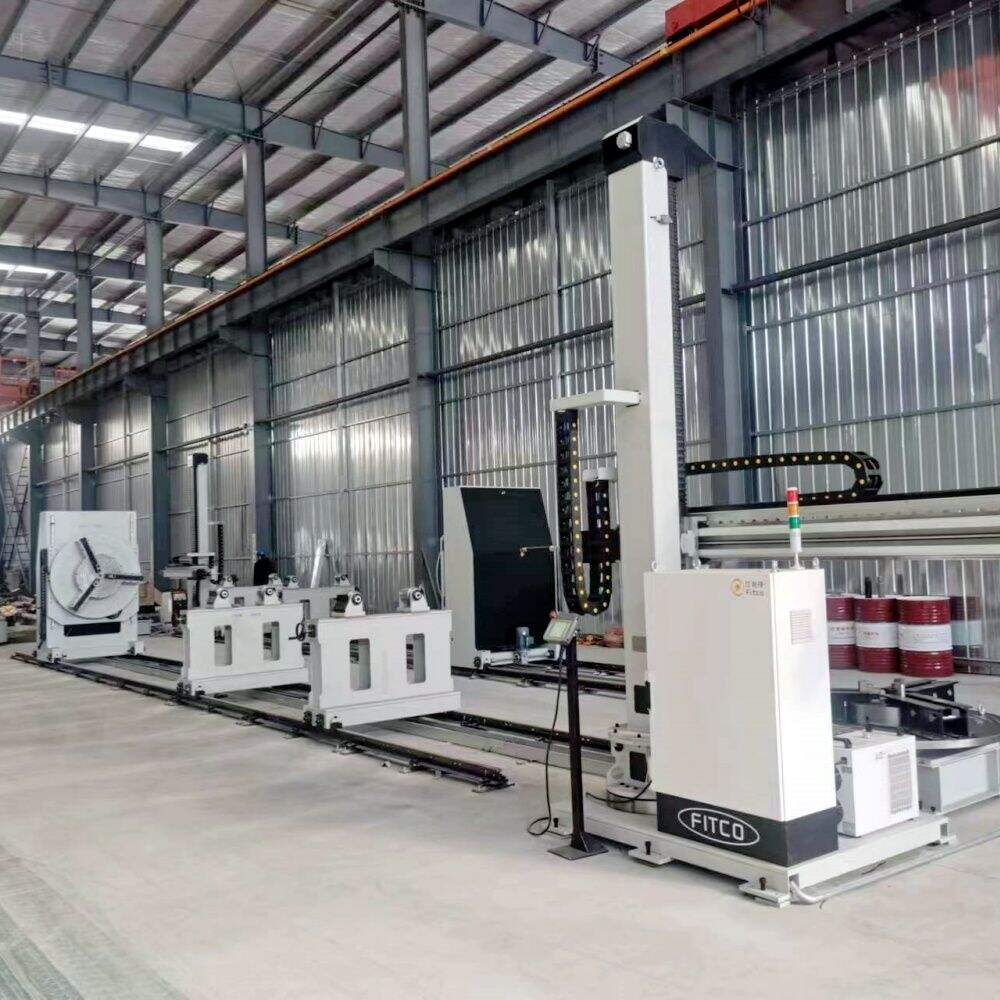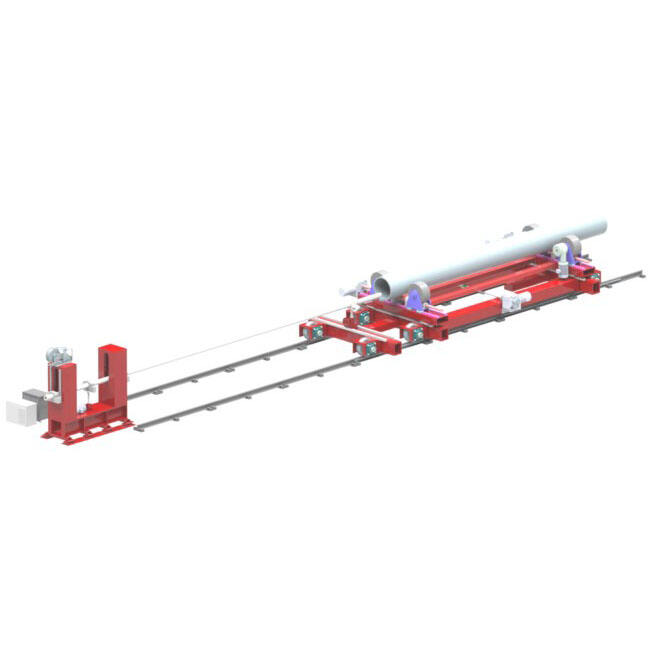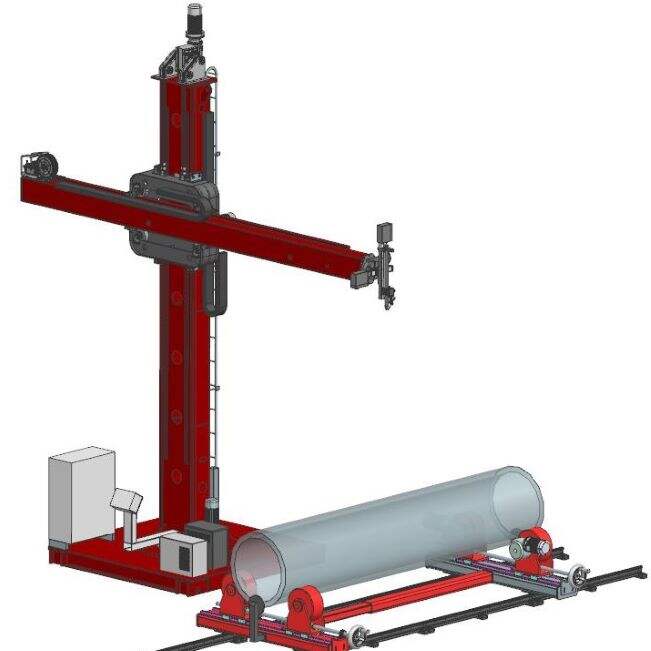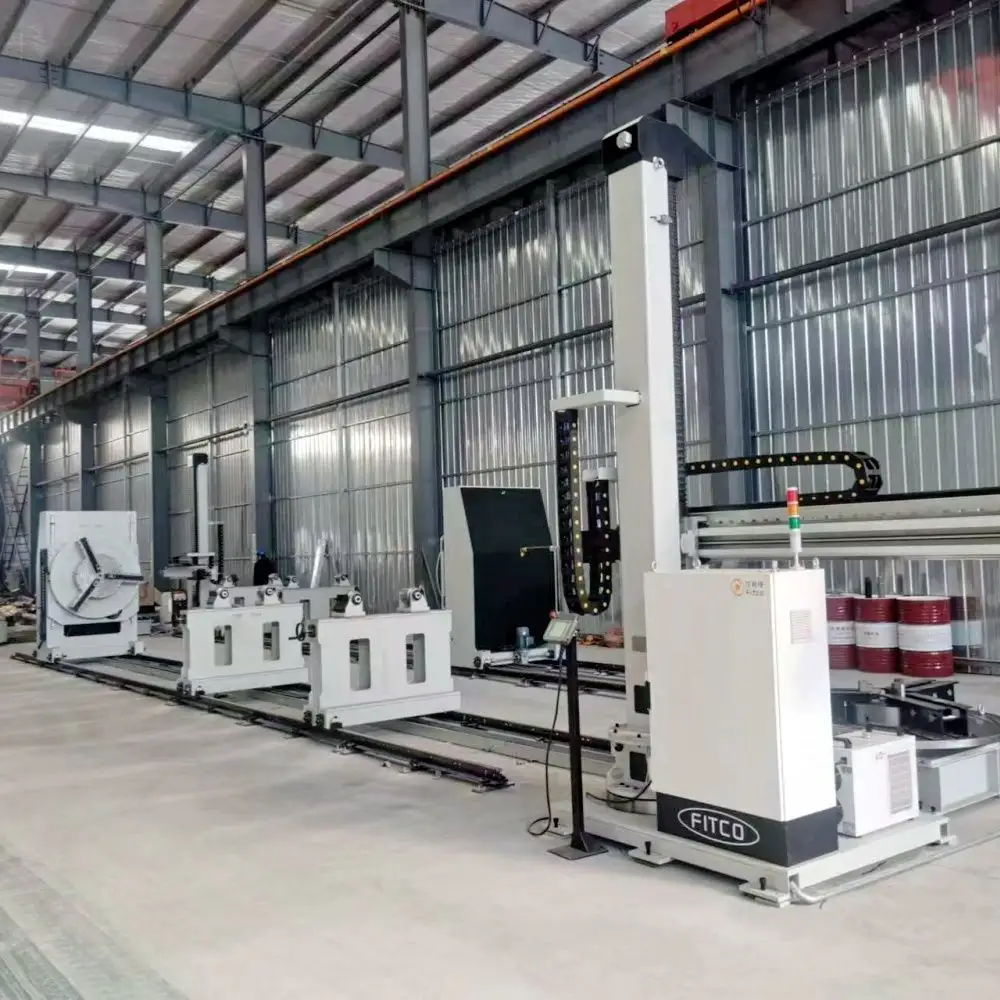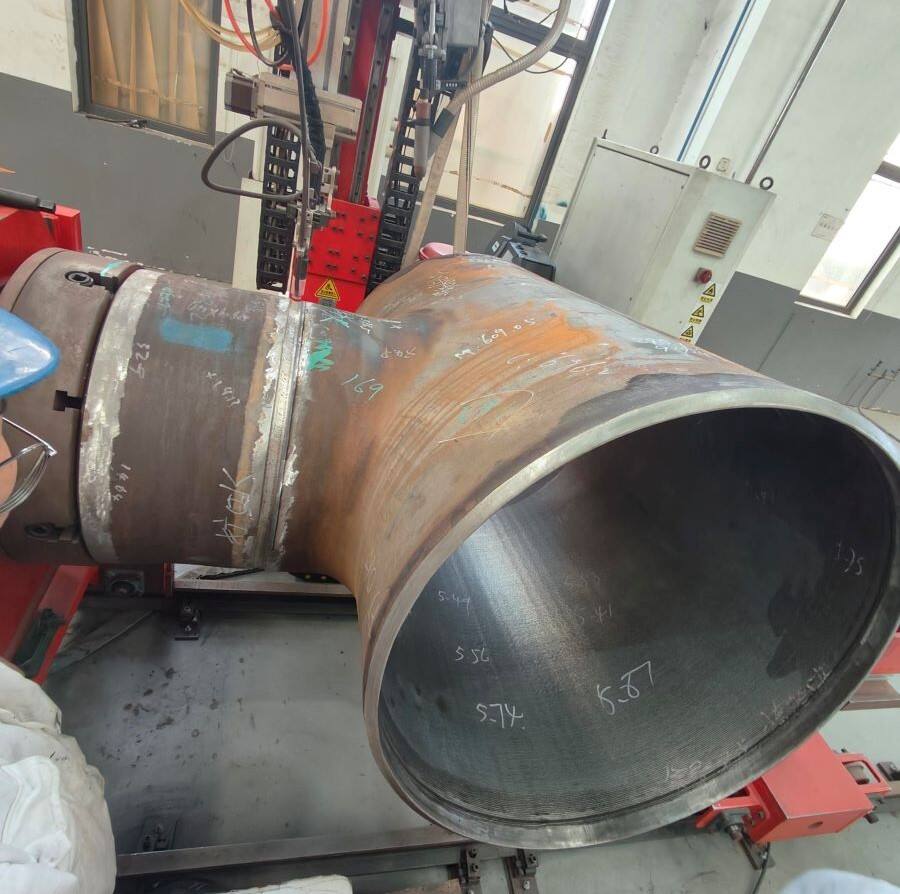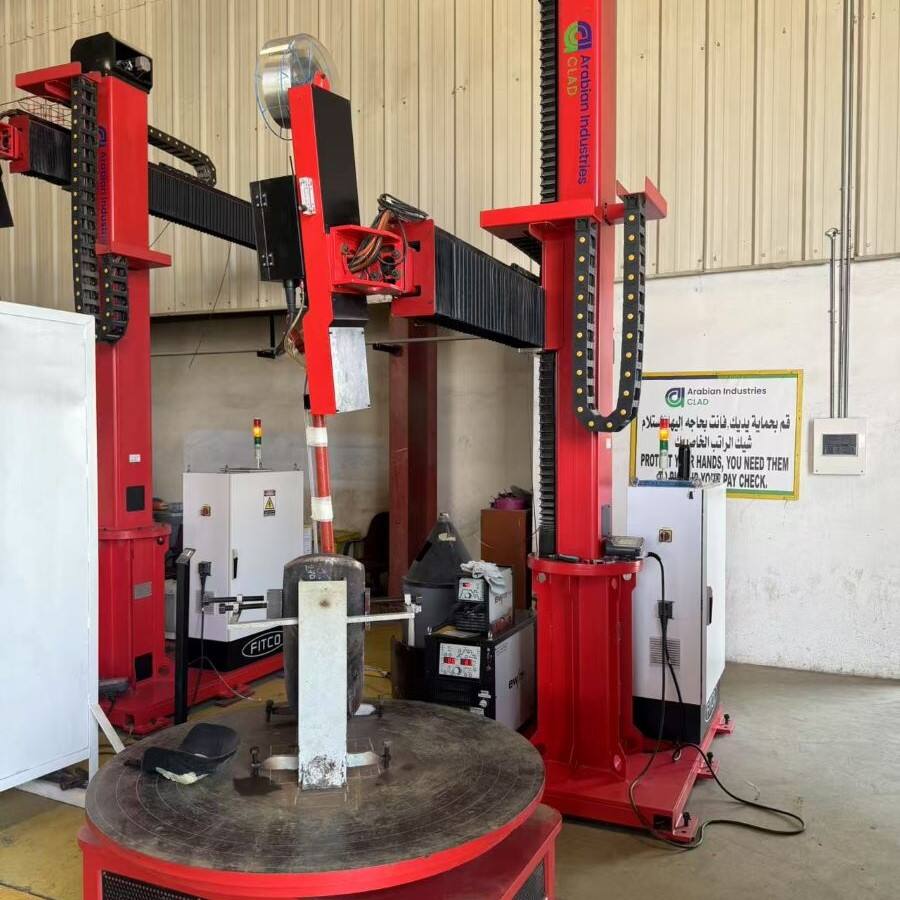multi process inverter welder
A multi process inverter welder represents a cutting-edge advancement in welding technology, combining versatility and precision in a single unit. This sophisticated equipment utilizes inverter technology to efficiently convert input power into a stable welding output, enabling multiple welding processes including MIG, TIG, and stick welding. The digital control system maintains precise arc stability while offering adjustable parameters for current, voltage, and wire feed speed. Advanced features include pulse control capabilities, allowing for superior weld quality across various material thicknesses. The unit's power efficiency typically exceeds 85%, significantly reducing energy consumption compared to traditional welders. Its compact design integrates multiple power modules and control circuits, making it suitable for both industrial applications and mobile welding operations. The system automatically compensates for input voltage fluctuations, ensuring consistent performance even under varying power conditions. Modern multi process inverter welders often include memory functions for storing frequently used settings, digital displays for accurate parameter monitoring, and thermal overload protection to prevent damage during extended use.

 EN
EN
 AR
AR BG
BG HR
HR CS
CS DA
DA NL
NL FI
FI FR
FR DE
DE EL
EL HI
HI IT
IT JA
JA KO
KO NO
NO PL
PL PT
PT RO
RO RU
RU ES
ES SV
SV TL
TL IW
IW ID
ID LT
LT UK
UK SQ
SQ HU
HU TH
TH TR
TR FA
FA AF
AF CY
CY MK
MK LA
LA MN
MN KK
KK UZ
UZ KY
KY